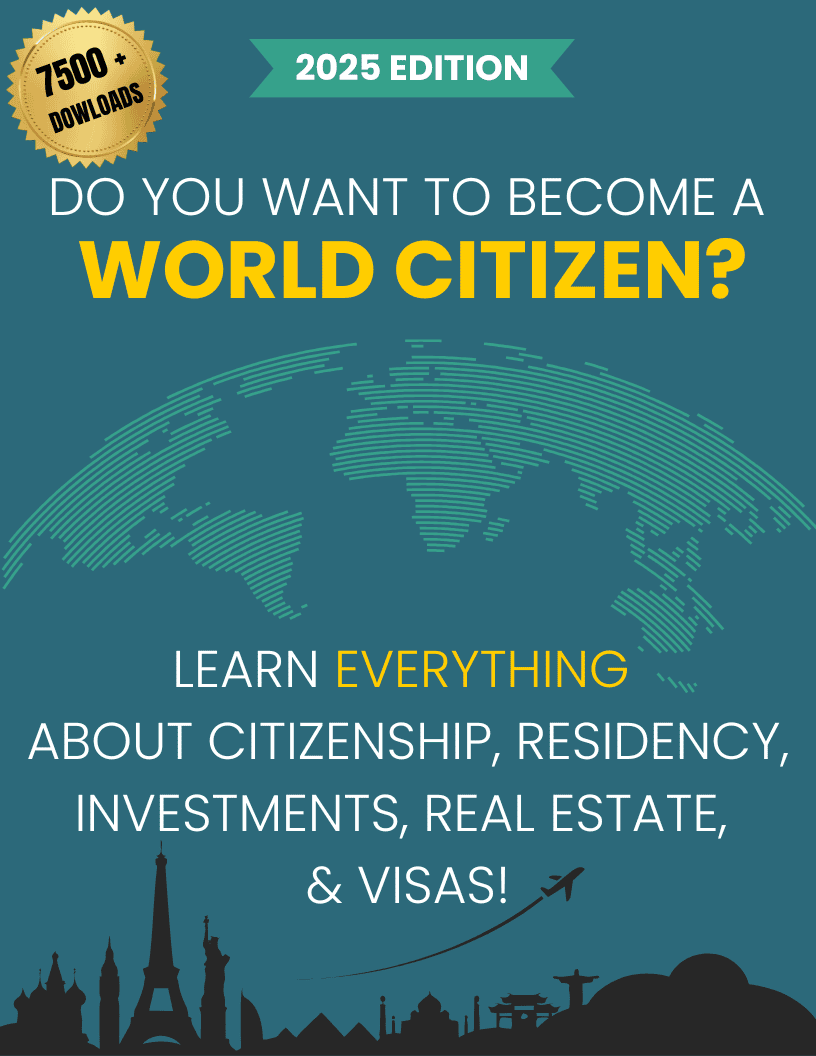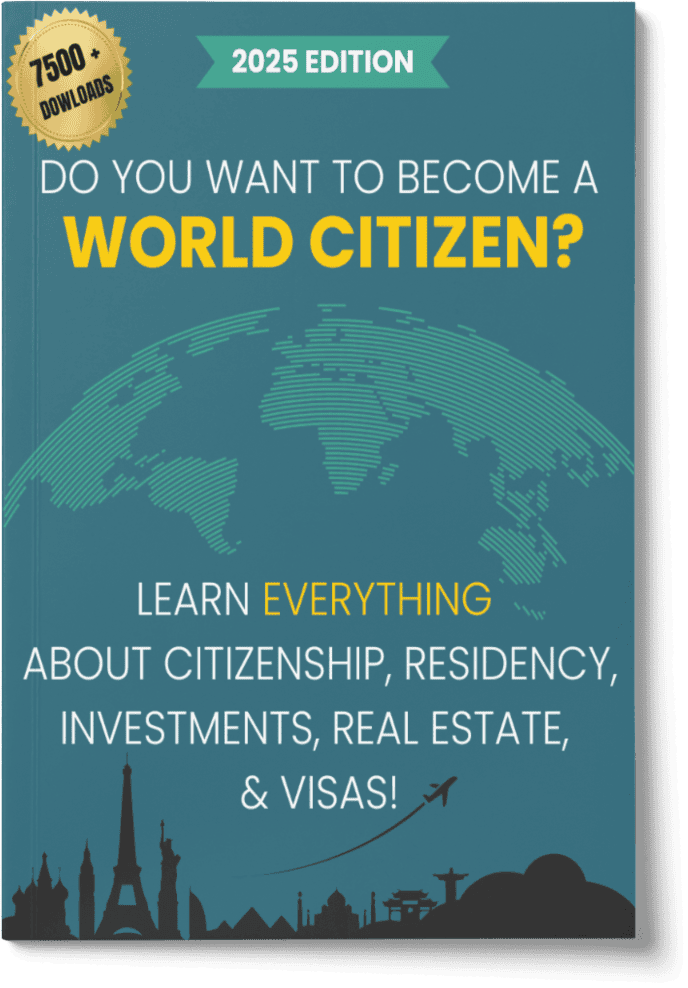Refugee Asylum Programs
Boost Your Freedom Without Compromise.
- Who offers the CHEAPEST program available.
- Who offers the BEST program available.
- What you need to qualify?

In This Article, You Will Discover:
- Refugee status is granted to individuals fleeing persecution, while asylum is sought by individuals already in the host country or at its border, fearing persecution if returned home.
- Applications require proving a well-founded fear of persecution based on race, religion, nationality, membership in a particular social group, or political opinion.
- Seekers have rights to protection, basic welfare support, and sometimes work permits, varying by country.
- Permanent residency or citizenship pathways exist in many countries, often after a specified period of continuous residence and meeting integration criteria.
- International agreements like the 1951 Refugee Convention and its 1967 Protocol govern the treatment of seekers, setting standards for protection and rights.
- Who offers the CHEAPEST program available.
- Who offers the BEST program available.
- What you need to qualify?
 Free Consultation
Free Consultation Easy to Use
Easy to Use 100% Safe & Secure
100% Safe & Secure
What Are Refugee and Asylum Programs?
Refugee and asylum programs provide legal protection and a pathway to safety for people in danger.
A “refugee” is someone forced to flee their home country due to a well-founded fear of persecution based on race, religion, nationality, political opinion, or membership in a particular social group.
An “asylum seeker” is someone seeking recognition as a refugee in a new country, often while already present in or at the border of that country.
Asylum is claimed on individual grounds, while refugee status is often determined before arrival and may involve organized resettlement programs led by the UNHCR or governments.
Eligibility and Core Definitions
Eligibility requirements are rooted in the 1951 Refugee Convention and national legislation:
- Refugee status is for those outside their country of origin, unable or unwilling to return due to persecution or a credible threat of serious harm.
- Asylum Seekers must prove a well-founded fear of persecution if returned home. Anyone can apply for asylum; decisions are made by the host nation or, in rare cases, UNHCR.
- Exclusions apply to those who have committed serious crimes, pose a security risk, or have already found protection elsewhere.
Countries may also use expedited humanitarian admission programs or issue humanitarian visas for urgent needs, especially in mass displacement scenarios.
Step-by-Step Application Process
The process can differ by country, but typically follows these steps:
- Arrival and Application
- Registration and Biometrics
- Asylum Interview
- Meet with an asylum or refugee status determination officer to explain your case in detail. Bring any relevant supporting documents.
- Temporary Permit Issued
- Receive an initial asylum seeker permit (often called a “Section 22 permit” or its equivalent) while your case is processed.
- Refugee Determination Decision
- Access to Services
- Refugees are issued documentation enabling work, study, and access to support programs. Asylum seekers may have more limited or provisional rights pending the decision.
Programs may also include special tracks for vulnerable individuals (children, medical emergencies) and may be available through resettlement referrals by the UNHCR or NGOs.
Required Documents Checklist
- Completed asylum application form (or online application as per national practice)
- Valid passport or other identity documents (if available)
- Proof of entry and prior residence
- Biometrics (photos, fingerprints) for all family members
- Medical and police certificates (if possible)
- Documentation substantiating reasons for asylum (e.g., police reports, media articles, affidavits)
- Birth and marriage certificates for family members
- VFS appointment or interview confirmation (as needed)
- Fee payment receipts (if fees apply)
- Sworn affidavits for unavailable documents
Applicants are generally not required to present a full set of documents and cannot be refused the right to apply based on missing papers, but supporting evidence will strengthen the case.
Benefits and Drawbacks
Benefits
- Protection from Forced Return (Non-Refoulement): Safe haven from return to countries where life or freedom is threatened.
- Work and Study Rights: Refugees typically gain the right to work, study, and may access public health and education.
- Family Unity: Many programs allow reunification with immediate family members, enhancing integration and well-being.
- Pathway to Permanent Residence and Citizenship: After several years, refugees may become eligible for permanent residency and eventually apply for citizenship.
- Access to Social Support Services: Asylees and refugees can receive housing, employment, and mental health support from state and NGO partners (eligibility depends on locale).
Drawbacks
- Lengthy Processing Times: Backlogs and security checks can lead to waits of months or years before a final decision is made.
- Limited Initial Rights: Asylum seekers often have restricted access to work, benefits, or travel until status is granted.
- Vulnerability During Process: Applicants may face uncertainty, poverty, and challenging living conditions while awaiting a decision.
- Mental Health Stressors: Trauma, displacement, and uncertain futures impact psychological well-being; access to culturally sensitive care may be limited.
- Changing Legal and Policy Environment: Shifting laws and quotas may affect eligibility, available pathways, and future prospects.
Refugee Asylum vs. Other Humanitarian Programs
| Feature | Refugee/Asylum Program | Humanitarian Visa/Admission | Resettlement Program |
|---|---|---|---|
| Who qualifies? | Those fleeing persecution and unable to return home | Broader humanitarian grounds | UNHCR-identified vulnerable |
| Where begun? | Outside (Refugee); in-country/at border (Asylum) | Outside country, via embassy | Outside, via UNHCR/NGO |
| Legal Status | Asylum/Refugee | Temporary/protection, may convert | Permanent or long-term status |
| Family inclusion | Yes, for spouse/children (varies by country) | Often, but more limited | Yes, and sometimes extended |
| Access to work/study | Yes (usually) | Sometimes | Yes |
| Path to citizenship | Often, after years | Varies | Usually yes |
Common Questions
Who can apply for refugee or asylum status?
What’s the difference between a refugee and an asylum seeker?
How long does the process take?
Can I work and access services while my claim is pending?
Is mental health support available?
What happens to rejected applicants?
What are the main 2025 policy trends?
In Conclusion
Refugee and asylum programs provide crucial hope and a fresh start for those escaping fear and violence.
While the journeys are challenging, successful applicants gain vital safety, legal rights, and a true chance to rebuild. 2025 is a year of both opportunity and uncertainty, with new reforms aiming to improve fairness and access even as pressures on host countries and refugees alike remain high.
Disclaimer: This information was accurate as of July 2025. Immigration laws, policies, and humanitarian programs change frequently. Always consult official sources or legal experts for the latest procedures and requirements.
- Who offers the CHEAPEST program available.
- Who offers the BEST program available.
- What you need to qualify?
 Free Consultation
Free Consultation Easy to Use
Easy to Use 100% Safe & Secure
100% Safe & Secure







